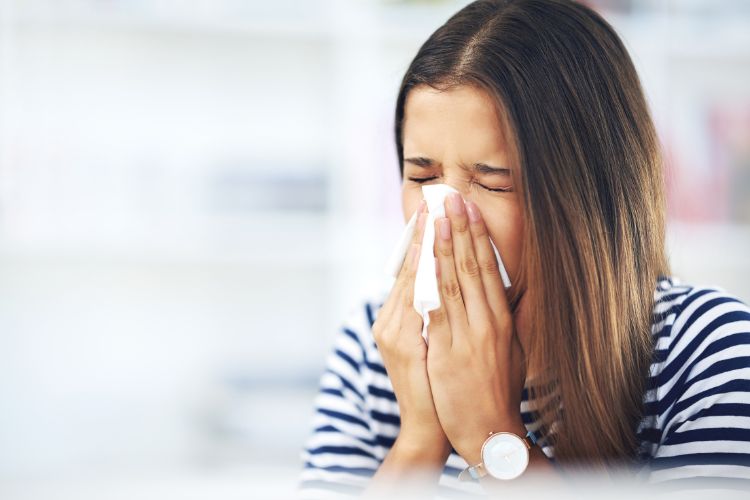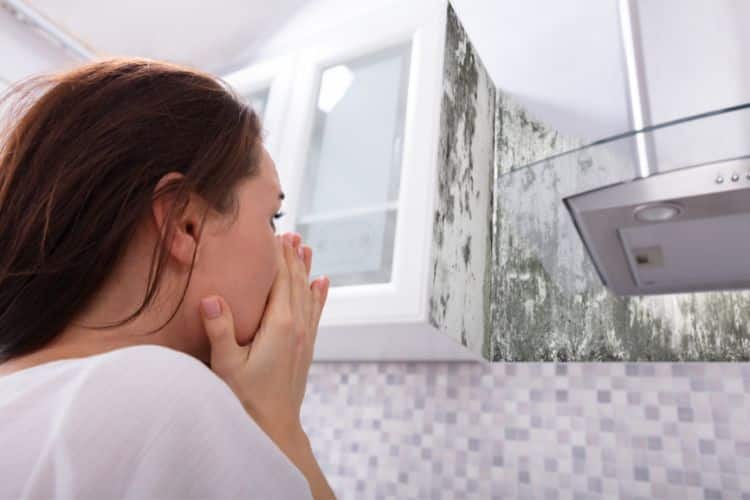Seasonal mold allergies are a common yet often overlooked health concern. As mold growth fluctuates with changes in humidity and temperature throughout the year, so do the symptoms experienced by many individuals. This article aims to shed light on seasonal mold allergies, their causes, symptoms, and effective management strategies to help sufferers find relief.
The Nature of Seasonal Mold Allergies
Mold spores are a natural part of the environment and can be found both indoors and outdoors. However, certain seasons, particularly spring and fall, can see a spike in mold growth due to increased moisture and organic matter availability. This can aggravate allergy symptoms in sensitive individuals.

Identifying and Understanding Symptoms
Common symptoms of mold allergies include sneezing, runny or stuffy nose, itchy or watery eyes, and dry, scaly skin. Some individuals might also experience wheezing or difficulty in breathing, especially those with asthma or chronic respiratory conditions.
Managing Seasonal Mold Allergies
| Management Strategy | Description | Benefit |
|---|---|---|
| Air Quality Control | Using dehumidifiers and air purifiers to maintain low indoor humidity and filter out mold spores. | Reduces mold spore concentration in the air, alleviating symptoms. |
| Regular Cleaning | Keeping indoor environments clean and free of dust and mold. Paying special attention to bathrooms, kitchens, and basements. | Minimizes mold growth and exposure in living spaces. |
| Avoiding Outdoor Triggers | Staying indoors during high mold spore counts, typically on damp, windy days. | Limits exposure to outdoor mold spores during peak seasons. |
| Protective Measures | Wearing masks and gloves when gardening or doing yard work. | Prevents inhalation or direct contact with mold spores. |
| Medical Treatment | Consulting with healthcare providers for appropriate allergy medications or immunotherapy. | Provides relief from symptoms and may reduce sensitivity over time. |
Preventive Measures
- Air Quality Control in Homes:
- Use dehumidifiers to keep indoor humidity levels below 50%, which discourages mold growth.
- Air purifiers with HEPA filters can effectively remove mold spores from indoor air.
- Regular and Thorough Cleaning:
- Regularly clean and ventilate areas prone to mold growth, such as bathrooms, kitchens, and basements.
- Immediately address any water leaks or dampness in your home.
- Outdoor Exposure Management:
- Check mold spore counts in weather reports and limit outdoor activities when counts are high, especially on damp, windy days.
- Wear protective gear like masks and gloves when doing yard work or gardening.
- Seek Medical Advice and Treatment:
- For those with severe allergy symptoms, it’s important to consult with a healthcare provider.
- Over-the-counter or prescription allergy medications, and in some cases, immunotherapy (allergy shots), can be effective in managing symptoms.
Conclusion
Seasonal mold allergies can significantly impact the quality of life but can be managed effectively with the right strategies. Understanding the nature of these allergies, recognizing symptoms, and implementing a combination of environmental control, lifestyle adjustments, and medical treatment can provide substantial relief. By staying informed and proactive, individuals can navigate through peak allergy seasons with greater ease and comfort.




